Silica Standard (Part 3): Table 1
Miller & Martin PLLC Blog | November 14, 2018
The Crystalline Silica Standard has different requirements for the construction industry as opposed to general industry. OSHA provides practical guidance with respect to engineering and work practice controls along with respiratory protection for the construction industry. Table 1 consists of a number of common activities in the construction industry which result in the creation of crystalline silica as well as the appropriate engineering controls required to be used and respiratory protection required to comply with the Standard. For example, one of the tasks in Table 1 involves the use of stationary masonry saws. The engineering work practice controls required in order to comply are (1) that the saws are equipped with an integrated water delivery system that continuously feeds water to the blade and (2) the saw is operated and maintained in accordance with the manufacturer’s instructions to minimize dust. With those engineering and work practice control methods in place, no respiratory protection is required for use less than four hours per shift or greater than four hours per shift.
The Table goes on to detail different equipment tasks and equipment uses while providing engineering and work practice controls along with required respiratory protection for greater than or equal to or less than four hours of work per shift and greater than four hours of work per shift.
The purpose of Table 1 is to provide the construction industry with a specific understanding of what is required to comply with the Standard when certain work is conducted. A link to Table 1 is here.
- Next in Series: Silica Standard (Part 4): Regulated Areas for General Industry
- Previous in Series:

